What is an excavator claw called?
Excavators are versatile machines used in various industries, from construction to mining. These powerful tools can be equipped with different attachments to perform specific tasks. One such attachment that has gained popularity in recent years is the excavator claw, also known as an excavator gripper. This article will explore the world of excavator claws, their common names, how they differ from other attachments, and how their design impacts their performance.
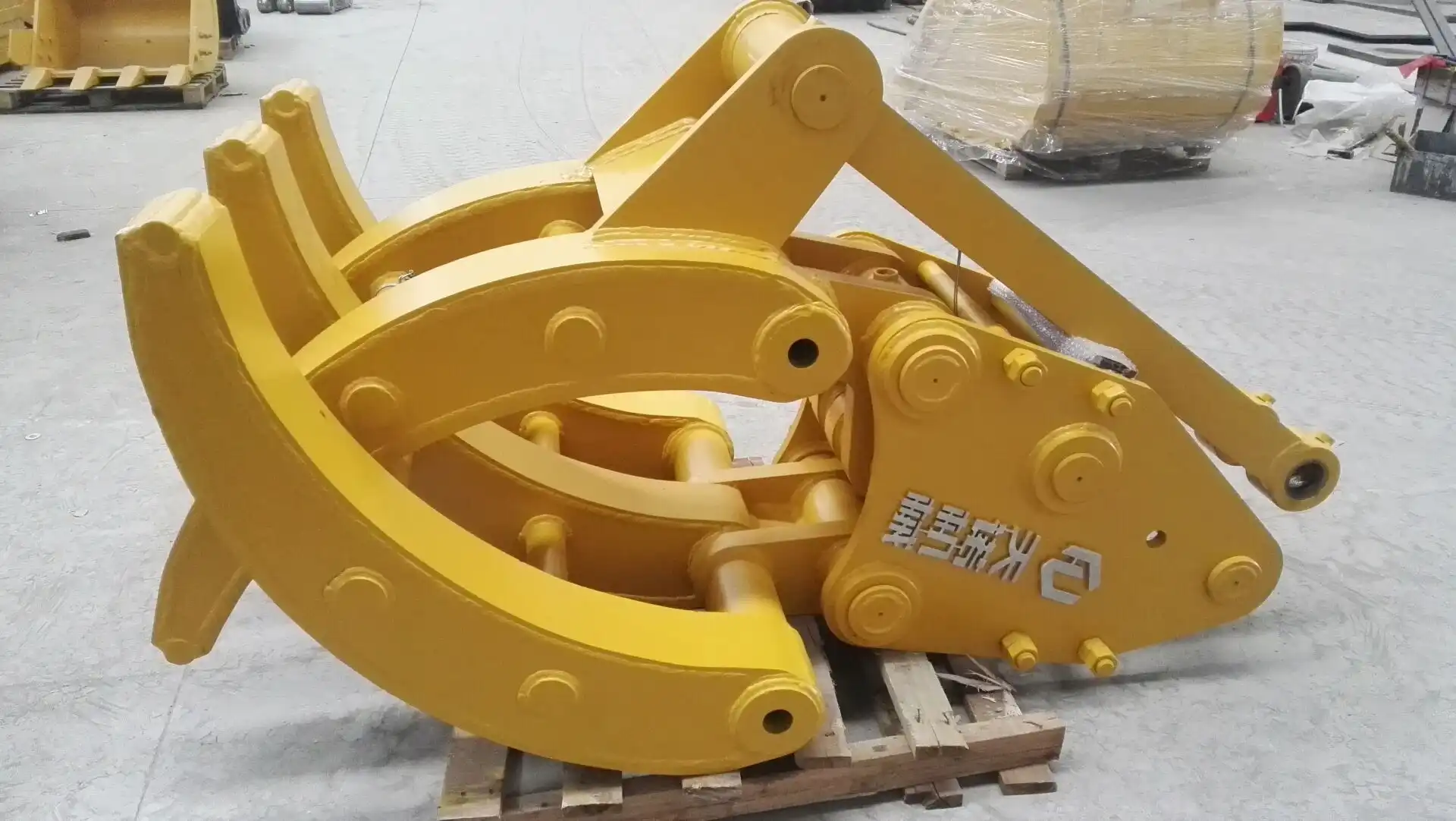
What are the common names for excavator claws?
Excavator claws are known by several names in the industry, reflecting their diverse applications and designs. Some of the most common names include:
- Excavator gripper
- Hydraulic grab
- Grapple
- Demolition grab
- Multi-tine grapple
- Sorting grapple
- Rock grapple
- Log grapple
These names often indicate the specific purpose or design of the attachment. For instance, a demolition grab is primarily used in demolition work, while a log grapple is designed for handling logs in forestry operations. The term "excavator gripper" is a more general name that encompasses various types of claw attachments used on excavators.
The diversity in nomenclature reflects the versatility of these attachments. Depending on the industry and specific application, professionals may use different terms to refer to essentially the same type of equipment. This variety in naming can sometimes lead to confusion, but it also demonstrates the adaptability of excavator claws to different tasks and environments.
How do excavator claws differ from other attachments?
Excavator claws or grippers are unique among excavator attachments due to their design and functionality. Unlike traditional buckets or hammers, excavator claws are designed to grip, hold, and manipulate objects with precision. This sets them apart from other attachments in several ways:
- Gripping Capability: The primary function of an excavator claw is to grip and hold objects. This is in contrast to buckets, which are designed for scooping and carrying materials, or hammers, which are used for breaking and demolition.
- Versatility: Excavator claws can handle a wide range of materials and objects, from large rocks and concrete debris to logs and scrap metal. This versatility makes them invaluable in industries such as demolition, recycling, and forestry.
- Precision: The design of excavator claws allows for more precise object manipulation compared to other attachments. This precision is particularly useful in sorting operations or when handling delicate materials.
- Hydraulic Operation: While many excavator attachments use hydraulics, the claw's operation relies heavily on hydraulic systems for opening, closing, and rotating the grip. This allows for fine control and powerful gripping force.
- Specialized Designs: Excavator claws come in various designs tailored to specific tasks. For example, a demolition grab might have reinforced teeth for crushing concrete, while a log grapple would have curved tines for securely holding logs.
The unique features of excavator grippers make them indispensable in situations where materials need to be gripped, sorted, or precisely manipulated. Their ability to handle irregular shapes and sizes efficiently sets them apart from more traditional excavator attachments.
How does the design of excavator claws impact their performance?
The design of excavator claws plays a crucial role in their performance and efficiency. Various aspects of the design can significantly impact how well the claw functions in different applications:
- Tine Configuration: The number, shape, and arrangement of tines (the "fingers" of the claw) affect its gripping capabilities. More tines generally allow for better grip on smaller objects, while fewer, larger tines might be better for handling bulky items.
- Material Strength: High-strength steel is typically used in the construction of excavator claws to ensure durability and longevity. The choice of material impacts the claw's ability to withstand wear and tear, especially in demanding environments like demolition sites or quarries.
- Hydraulic System: The power and precision of the hydraulic system directly influence the claw's gripping force and control. A well-designed hydraulic system allows for smooth operation and fine adjustments.
- Rotation Capability: Many excavator claws feature a rotating mechanism that allows the operator to adjust the claw's orientation without moving the entire excavator. This feature greatly enhances versatility and efficiency in various tasks.
- Weight: The weight of the claw needs to be balanced with the excavator's lifting capacity. A well-designed claw maximizes gripping power while minimizing unnecessary weight.
- Wear Parts: The design and placement of wear parts, such as replaceable teeth or protective plates, can significantly extend the life of the claw and reduce maintenance costs.
- Opening Width: The maximum opening width of the claw determines the size of objects it can handle. Different designs cater to various size ranges, from small debris to large boulders or logs.
These design elements work together to determine the overall performance of the excavator claw. For instance, a claw designed for sorting scrap metal might prioritize a wide opening and multiple tines, while a claw for handling logs might have fewer, curved tines and a powerful rotation mechanism.
The impact of design on performance is particularly evident when comparing different types of excavator grippers. A demolition grab, for example, might feature reinforced tines and a robust build to withstand the rigors of crushing concrete and rebar. In contrast, a sorting grapple used in recycling operations might have a more open design with multiple tines to allow for efficient material separation.
China Excavator Gripper
The excavator gripper has revolutionized various industries by providing a versatile and efficient solution for material handling and manipulation. Its ability to adapt to different tasks and materials makes it an invaluable tool in construction, demolition, forestry, and recycling operations.
The excavator gripper, manufactured by Tiannuo Machinery, exemplifies the cutting-edge design and functionality discussed in this article. It features a robust Clamp Body made from high-strength steel, ensuring durability and reliability in demanding environments. The adjustable clamp teeth allow for customization to suit different tasks, making it adaptable to a wide range of applications. The Oil Cylinder powers the clamping action through hydraulic oil, providing strong and precise control. A Pipeline connects the cylinder to the control valve, facilitating smooth operation. The hydraulic system efficiently controls the clamp movement using pressure oil, enabling efficient excavation, demolition, ore extraction, and slope cleaning.
If you are in the market for a high-quality excavator gripper, Tiannuo Machinery offers industry-leading solutions tailored to your specific needs. For more information or to discuss your requirements, please don't hesitate to contact our team. You can reach our manager at arm@stnd-machinery.com, or connect with our team members at rich@stnd-machinery.com and tn@stnd-machinery.com. Let Tiannuo Machinery help you enhance your operations with our state-of-the-art excavator grippers.
References:
- Construction Equipment Guide. (2021). "Types of Excavator Attachments and Their Uses."
- Volvo Construction Equipment. (2020). "Excavator Attachments: Enhancing Versatility and Productivity."
- Journal of Construction Engineering. (2019). "Impact of Attachment Design on Excavator Performance: A Comprehensive Review."
YOU MAY LIKE
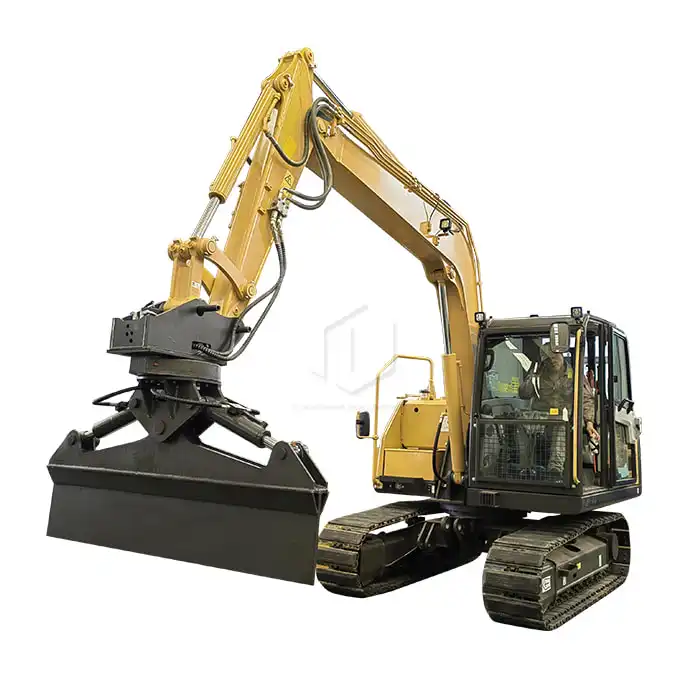 VIEW MOREExcavator Railway Slope Cleaning Machine
VIEW MOREExcavator Railway Slope Cleaning Machine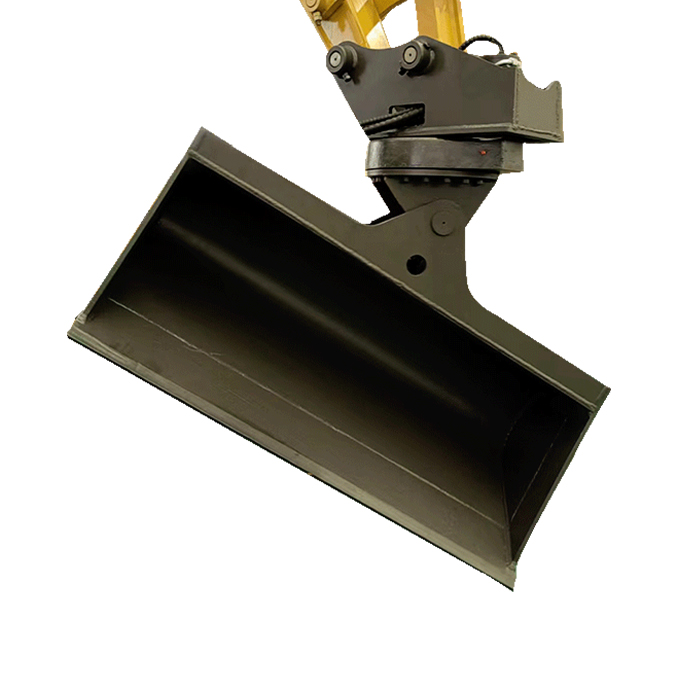 VIEW MOREDegree Rotating Hydraulic Tilt Ditching Bucket
VIEW MOREDegree Rotating Hydraulic Tilt Ditching Bucket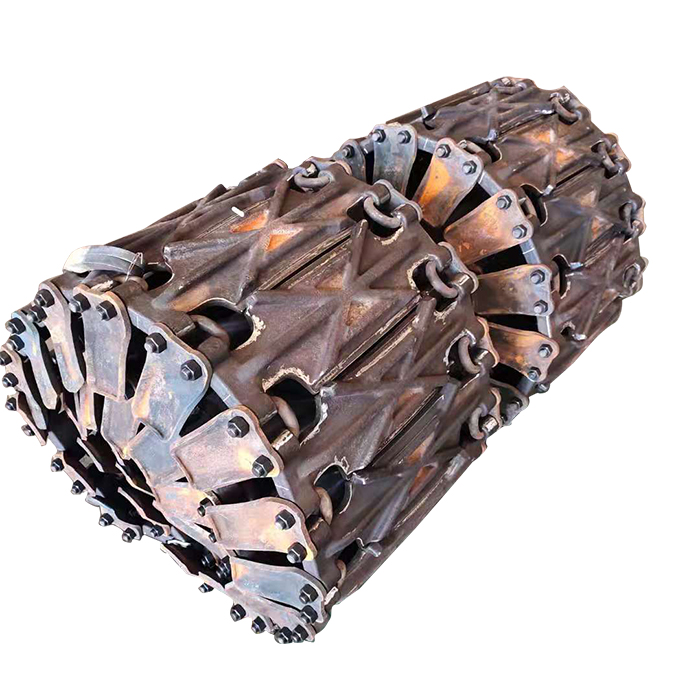 VIEW MORELoader Tire Anti-Skid Track
VIEW MORELoader Tire Anti-Skid Track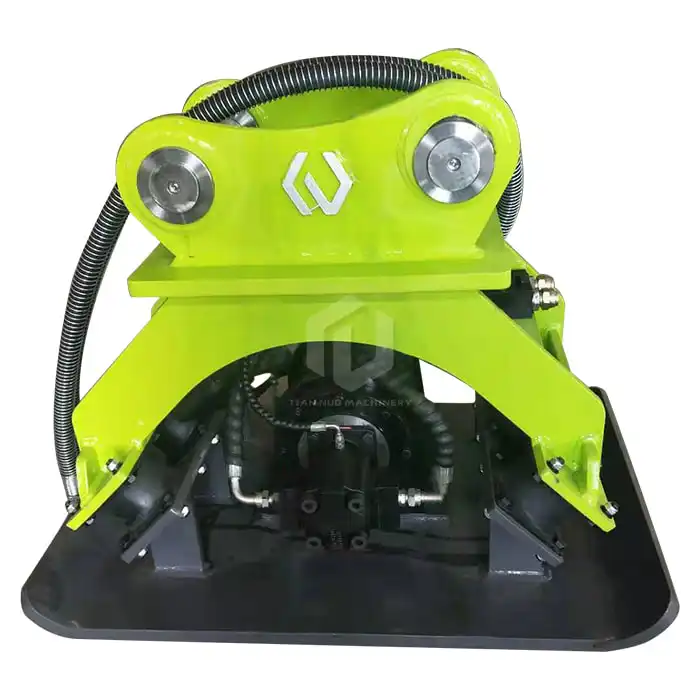 VIEW MOREExcavator Vibratory Compactor
VIEW MOREExcavator Vibratory Compactor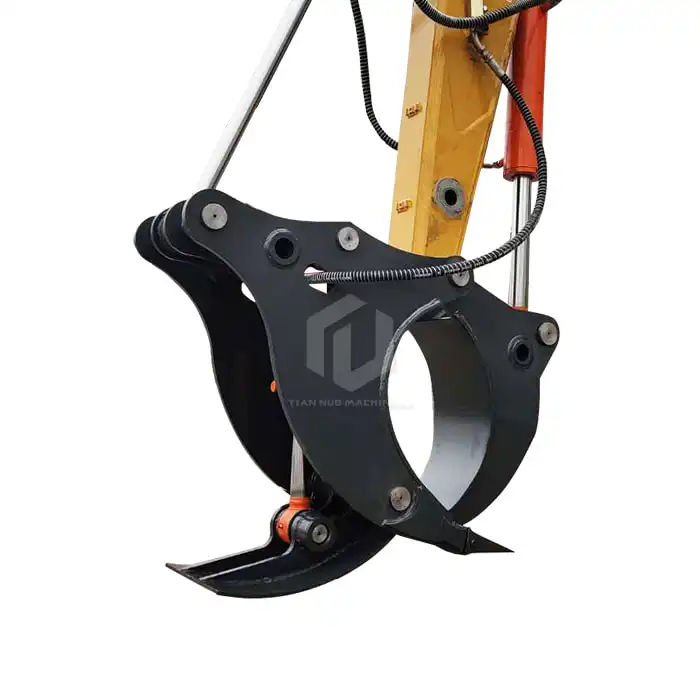 VIEW MOREExcavator Tree Stumper
VIEW MOREExcavator Tree Stumper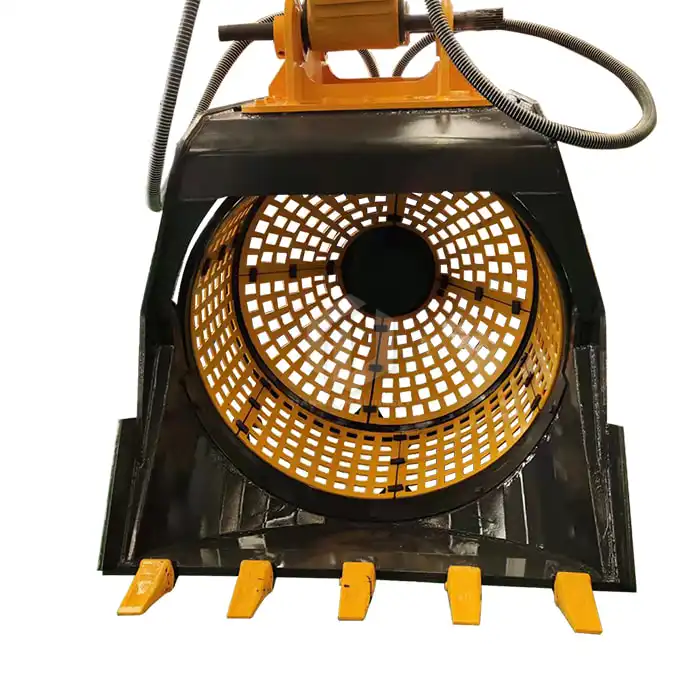 VIEW MOREExcavator Rotary Screening Bucket
VIEW MOREExcavator Rotary Screening Bucket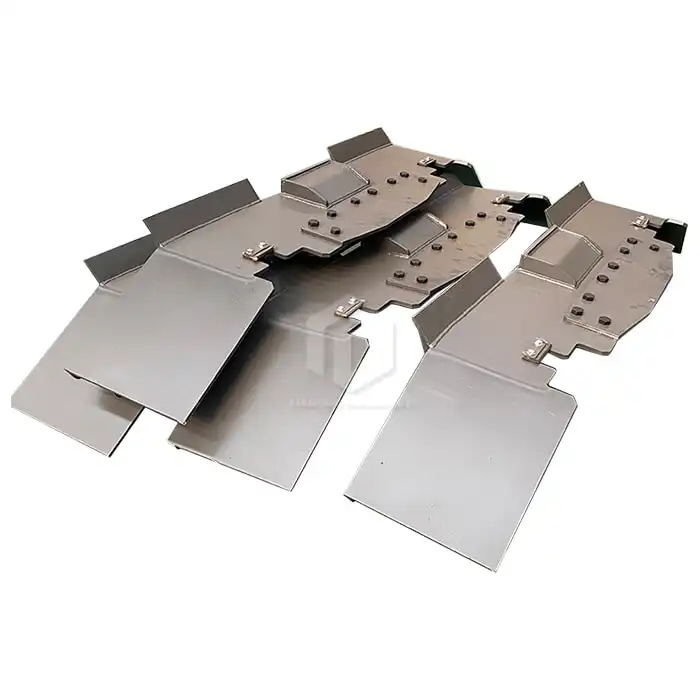 VIEW MOREBallast Plow
VIEW MOREBallast Plow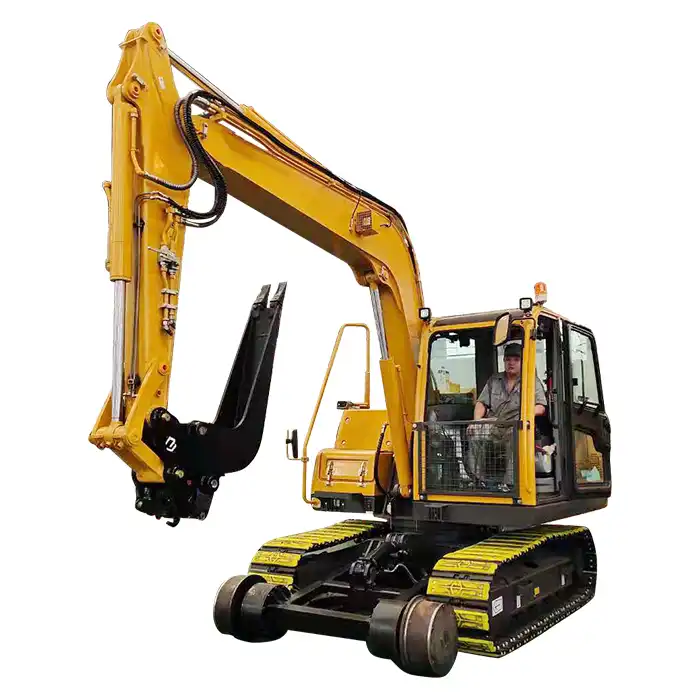 VIEW MORERailway Excavator Cleaning Bucket
VIEW MORERailway Excavator Cleaning Bucket

